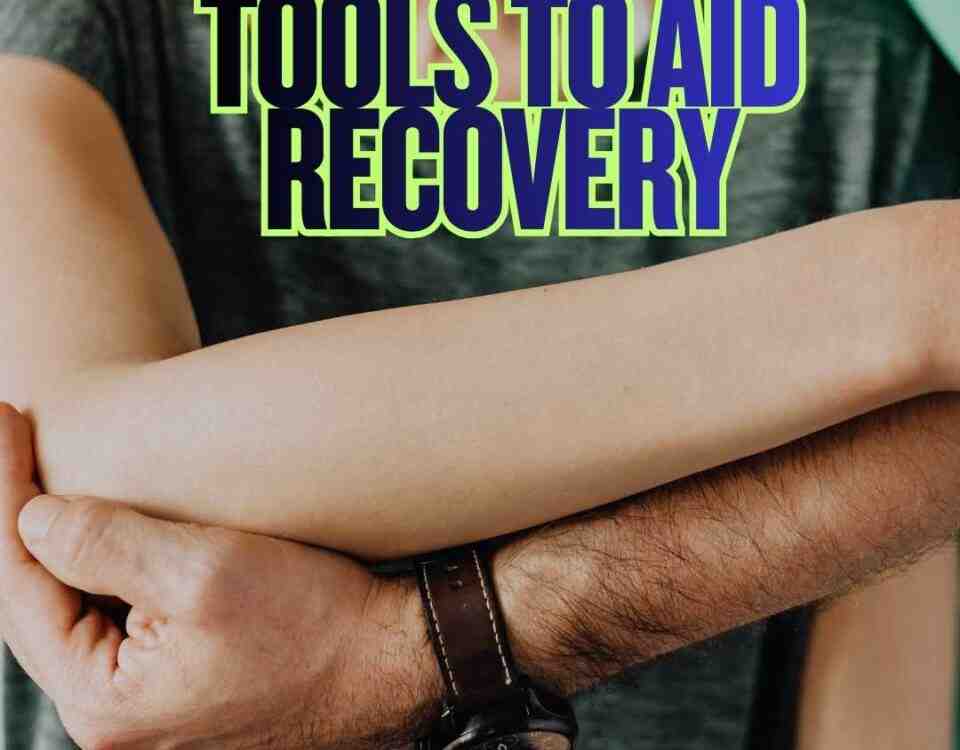What Is Cervical Strain and The Symptoms?

Why Does The Cervical Curve Matter?
August 23, 2022
Sprains, Strains and Automobiles
August 26, 2022Stephen Ducker, M.D.
Cervical strain refers to a myriad of symptoms arising from acute injury to the cervical spine, which is of course, the neck region. Strain is a very general term used to describe a soft tissue injury involving muscles or tendons. Tendons are a type of tough bandlike connective tissue that connects muscles to bone. In layman’s terms, a strain is often used synonymously with “torn muscle” or “pulled muscle”. For our purposes of discussion, we are referring to the muscles and tendons of the neck that are often injured in an acute accident such as a rear end motor vehicle collision. By comparison, a “sprain” is an injury to a ligament.
Cervical strain is not typically associated with pain, numbness, or tingling radiating into the upper extremities. It is however, often associated with pain migrating into the shoulders and intrascapular region (between the shoulder blades), as well as head pain. The muscles that lie between the neck and shoulder joints, referred to as the trapezius muscles are often affected with pain, tenderness, and muscle spasms. The latter syndrome is often associated with a limited range of motion of the neck/cervical spine. As such, a physical examination will reveal tenderness to touch and muscle spasms in the musculature surrounding the neck (paracervical muscles) and within the trapezius muscles described above. In addition to a decreased range of motion in the neck, there may be pain in this region exacerbated by movement at the shoulder joints, such as raising of the arms above the head. As stated above, although weakness or numbness and tingling radiating into the arms are not experienced with this type of injury alone, that is not to say that a herniated disc with a nerve impingement (discussed previously) may not also be part of the picture. Other symptoms associated with this type of neck injury may be headaches that get worse with emotional stress as well as sleep disturbances, difficulty concentrating and depression, especially over an extended period.
Other than a physical examination, there is no specific testing for cervical strain. X-rays of the cervical spine can help to identify bony abnormality such as a fracture or misalignment, but identification of soft tissue injury as is associated with cervical strain cannot be identified. Straightening of the normal curvature of the cervical spine is often identified on imaging studies and is associated with muscle spasms. Patients with cervical strain should undergo an MRI of the cervical spine and if associated with a significant headache, an MRI of the brain. In summary, cervical strain is based on clinical grounds, meaning no specific tests are used to identify it specifically and the diagnosis is based on clinical history, mechanism of injury, physical examination, and imaging studies such as x-ray and MRI to rule out other possible sources of neck pain.
Treatment of cervical strain needs a multifaceted approach including physical therapy, heat/cold modalities and massage combined with nonsteroidal anti-inflammatory medications such as ibuprofen and muscle relaxants such as Flexeril. If these measures fail to resolve the issue, a consultation with an interventional pain specialist for possible injections of medication in the cervical spine is a reasonable next step. Associated sleep disturbance and depression may be treated with antidepressant medications.
If you or somebody you know has been in a car accident, be sure that you seek medical attention from a car accident doctor or car accident chiropractor to treat your injuries. Visit Chambers Medical Group to receive world-class medical treatment for your injuries.
Chambers Medical Group has car accident medical clinics in the following locations:
- Car Accident Medical Clinic in Tampa
- Car Accident Medical Clinic in Plant City
- Car Accident Medical Clinic in Brandon
- Car Accident Medical Clinic in Lakeland
- Car Accident Medical Clinic in Sarasota
- Car Accident Medical Clinic in Louisville
- Car Accident Medical Clinic in Lexington
- Car Accident Medical Clinic in Florence




